- myFICO® Forums
- FICO Scoring and Other Credit Topics
- Personal Finance
- Advice on Paying Off My Credit Cards?
- Subscribe to RSS Feed
- Mark Topic as New
- Mark Topic as Read
- Float this Topic for Current User
- Bookmark
- Subscribe
- Mute
- Printer Friendly Page
Advice on Paying Off My Credit Cards?
Is your credit card giving you the perks you want?
Browse credit cards from a variety of issuers to see if there's a better card for you.
- Mark as New
- Bookmark
- Subscribe
- Mute
- Subscribe to RSS Feed
- Permalink
- Report Inappropriate Content
Advice on Paying Off My Credit Cards?
After discovering that most of the minimum payments go to interest and only a few bucks toward the balance, I'm trying to develop a plan to pay off my credit cards. Can someone give me some advice on a method or which order to pay them off (outside of the minimum payment I usually make). I'm including the balance/credit limit, percentage rate and monthly fees. Thank you!
Avant - $678/$750 - 23.99% - $0
BBVA - $2322/$2500 - 21.24% - $0
BBVA - $1957/$2000 - 21.24% - $0
Rooms2Go - $550/$680 - 0% - $2
CareCredit - $7,407/$9200 - 26.99% - $0
Regions - $177/$250 - 22.74% - $0
Amazon - $0/$150 ------ PAID OFF
CapitalOne - $422/$500 - 22.99% - $0
First Premier - $567/$700 - 36% - $8
Merrick - $1237/$1400 - 25.45% - $4
CreditOne - $1249/$1500 - 23.90% - $8.25
CreditOne - $834/$1000 - 24.40% - $0
Thanks in advance!
- Mark as New
- Bookmark
- Subscribe
- Mute
- Subscribe to RSS Feed
- Permalink
- Report Inappropriate Content
Re: Advice on Paying Off My Credit Cards?
There are a couple of ways of which you can attack the problem, but the first question is how much can you afford to pay per month across all the cards?
There are secondary questions as well, do you have anything of relative value you can sell and are there opportunities for you to pick up additional work/extra income.
FICO 8 (EX) 850 (TU) 850 (EQ) 850
FICO 9 (EX) 850 (TU) 850 (EQ) 850
$1M+ club
Artist formerly known as the_old_curmudgeon who was formerly known as coldfusion
- Mark as New
- Bookmark
- Subscribe
- Mute
- Subscribe to RSS Feed
- Permalink
- Report Inappropriate Content
Re: Advice on Paying Off My Credit Cards?
- Mark as New
- Bookmark
- Subscribe
- Mute
- Subscribe to RSS Feed
- Permalink
- Report Inappropriate Content
Re: Advice on Paying Off My Credit Cards?
Normally I would plot things out to figure out a strategy for paying things down to certain percentages to get a large enough credit score boost to get new balance transfer cards, but you are bleeding money on some of these.
How much can you pay off on each of them? Are you still making new charges to cards that don't have grace periods? If so, stop that first as it's making the situation worse.
I would concentrate on paying off the first Credit One and the First Premier before anything else and closing them. An extra $100 a year on those is just making the fees you are paying worse. Then pay the Merrick with the $4 monthly fee and close it.
After that, you have four choices:
- Pay them all evenly.
- Concentrate on the one with the highest APR and work down from there.
- Concentrate on the one with the lowest balance and work up from there.
- Strategically pay them off in order to get your scores up enough to qualify for a good balance transfer card or three.
- Mark as New
- Bookmark
- Subscribe
- Mute
- Subscribe to RSS Feed
- Permalink
- Report Inappropriate Content
Re: Advice on Paying Off My Credit Cards?
the blended interest rate for all accounts is about 24%. excel tells us that to pay $17400 at 24% in 24 months requires a monthly payment of ~$920.
| rate | nper | pv | =pmt(rate,nper,pv) | =cumipmt |
| 24 | 12 | 17400 | −1645 | −2344 |
| 24 | 24 | 17400 | −920 | −4679 |
| 24 | 36 | 17400 | −683 | −7175 |
| 24 | 48 | 17400 | −567 | −9829 |
what is a realistic total amount you can pay each month?
if you are truly concerned about the amount of interest being paid, start the avalanche method to minimize it.
personally I like simplicity. if it were me and I was to pay $1000+ monthly I would pay max amounts cycling through anything under 1000 first just to simplify things, then tackle the remainder starting with the highest rate first.
| First Premier | 567 | 36.00% |
| CreditOne | 834 | 24.40% |
| Avant | 678 | 23.99% |
| CapitalOne | 422 | 22.99% |
| Regions | 177 | 22.74% |
| Rooms2Go | 550 | 0.00% |
| CareCredit | 7407 | 26.99% |
| Merrick | 1237 | 25.45% |
| CreditOne | 1249 | 23.90% |
| BBVA | 1957 | 21.24% |
| BBVA | 2322 | 21.24% |
paying $1000+ a month for money already spent is a real grind after a year. make a colored chart or some other method to keep yourself motivated!
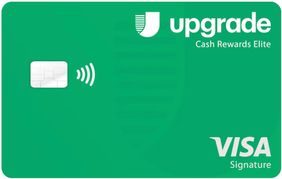 9/2022 $30000 | 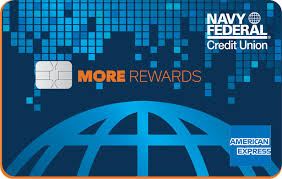 8/2020 $20000 | 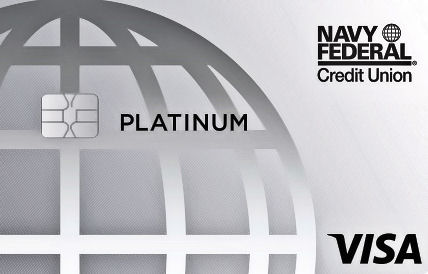 12/2018 $30000 | 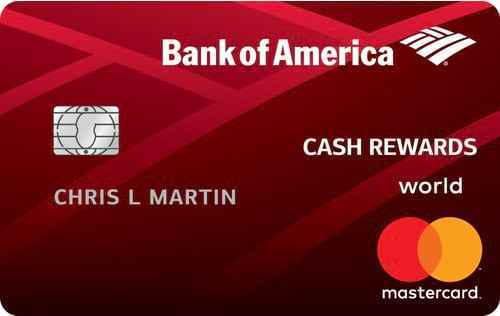 8/2016 $30000 | 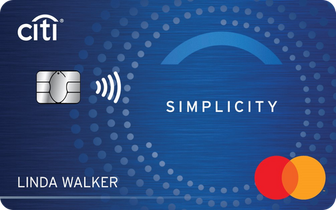 3/2016 $21000 | 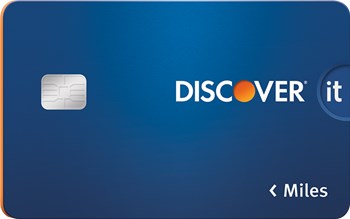 5/2014 $20000 |  10/2007 $8900 |
- Mark as New
- Bookmark
- Subscribe
- Mute
- Subscribe to RSS Feed
- Permalink
- Report Inappropriate Content
Re: Advice on Paying Off My Credit Cards?
@Anonymous wrote:After discovering that most of the minimum payments go to interest and only a few bucks toward the balance, I'm trying to develop a plan to pay off my credit cards. Can someone give me some advice on a method or which order to pay them off (outside of the minimum payment I usually make). I'm including the balance/credit limit, percentage rate and monthly fees. Thank you!
Avant - $678/$750 - 23.99% - $0
BBVA - $2322/$2500 - 21.24% - $0
BBVA - $1957/$2000 - 21.24% - $0
Rooms2Go - $550/$680 - 0% - $2
CareCredit - $7,407/$9200 - 26.99% - $0
Regions - $177/$250 - 22.74% - $0
Amazon - $0/$150 ------ PAID OFF
CapitalOne - $422/$500 - 22.99% - $0
First Premier - $567/$700 - 36% - $8
Merrick - $1237/$1400 - 25.45% - $4
CreditOne - $1249/$1500 - 23.90% - $8.25
CreditOne - $834/$1000 - 24.40% - $0
Thanks in advance!
I recommend that you use the snowball method.
1. Stop using cards.
2. Pay off smallest balance first, then next smallest, and so on.
3. On other cards pay minimum + something each month.
As each balance turns to zero, that will free up your remaining monthly cash to apply to the next smallest balance.

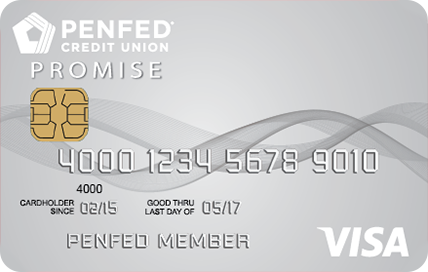

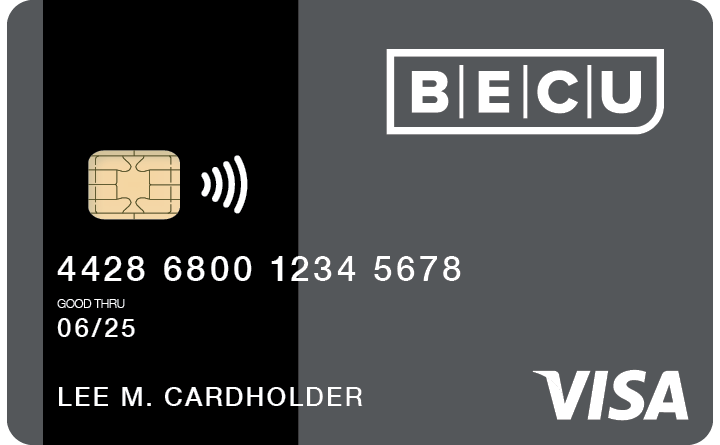
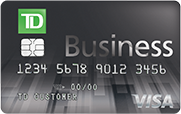

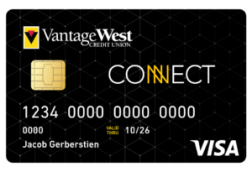
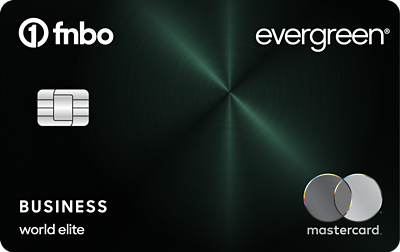
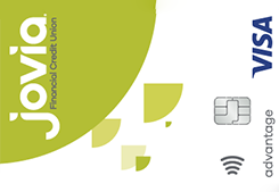
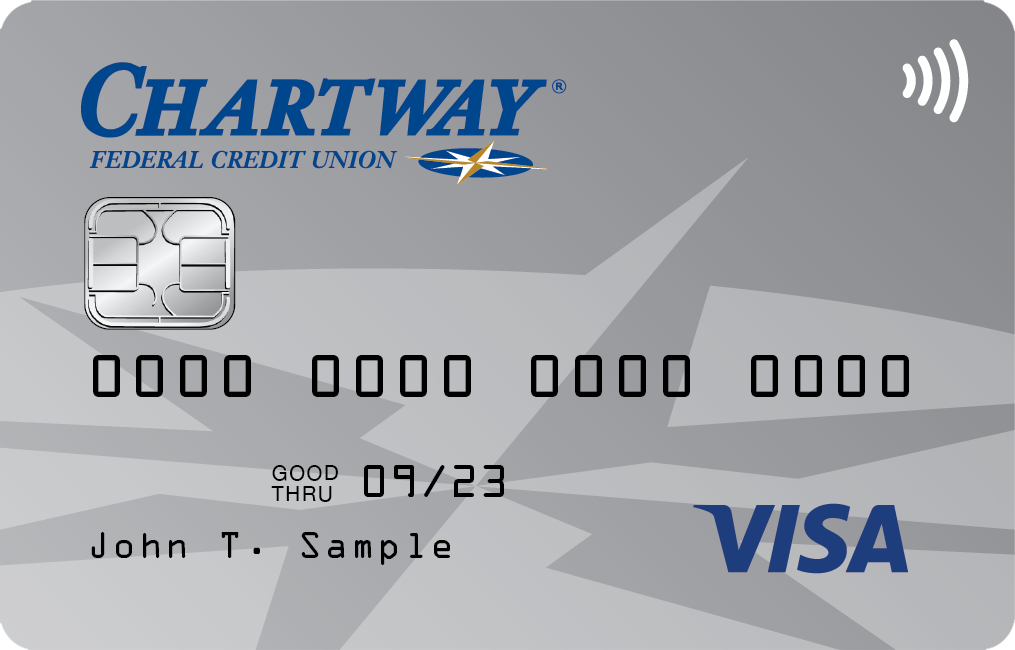


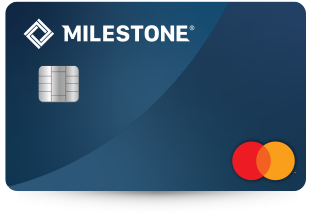
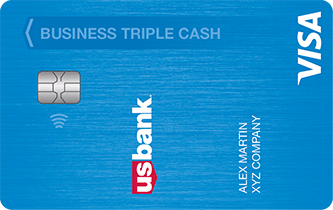

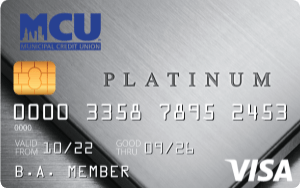
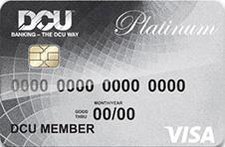
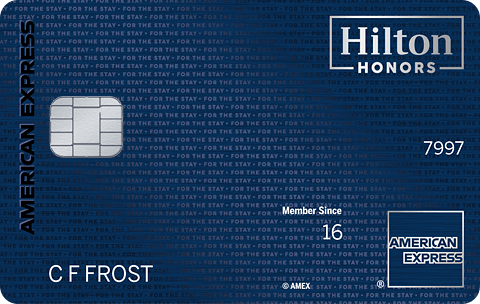
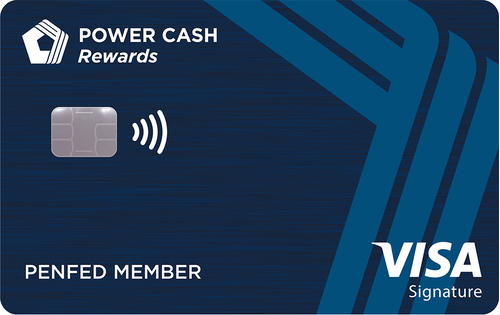
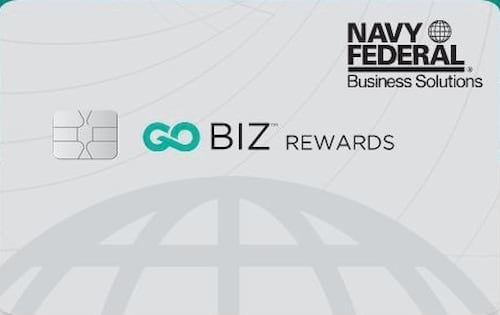

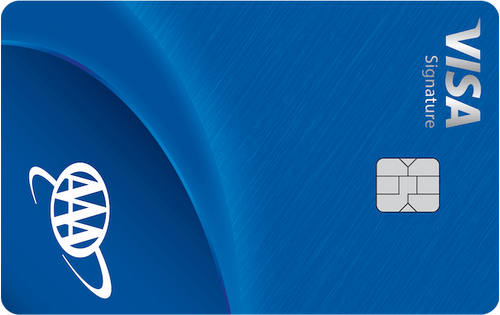
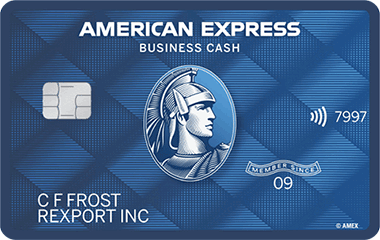
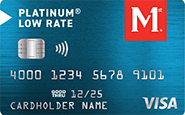
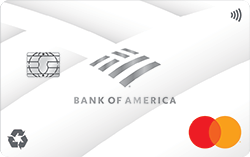

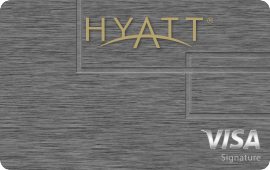
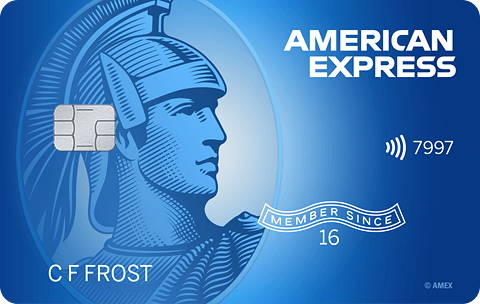
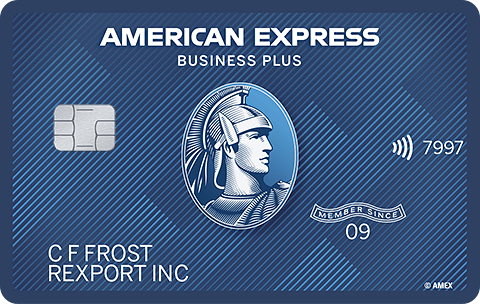



Total revolving limits 569520 (505320 reporting) FICO 8: EQ 689 TU 684 EX 685
- Mark as New
- Bookmark
- Subscribe
- Mute
- Subscribe to RSS Feed
- Permalink
- Report Inappropriate Content
Re: Advice on Paying Off My Credit Cards?
@SouthJamaica wrote:
@Anonymous wrote:After discovering that most of the minimum payments go to interest and only a few bucks toward the balance, I'm trying to develop a plan to pay off my credit cards. Can someone give me some advice on a method or which order to pay them off (outside of the minimum payment I usually make). I'm including the balance/credit limit, percentage rate and monthly fees. Thank you!
Avant - $678/$750 - 23.99% - $0
BBVA - $2322/$2500 - 21.24% - $0
BBVA - $1957/$2000 - 21.24% - $0
Rooms2Go - $550/$680 - 0% - $2
CareCredit - $7,407/$9200 - 26.99% - $0
Regions - $177/$250 - 22.74% - $0
Amazon - $0/$150 ------ PAID OFF
CapitalOne - $422/$500 - 22.99% - $0
First Premier - $567/$700 - 36% - $8
Merrick - $1237/$1400 - 25.45% - $4
CreditOne - $1249/$1500 - 23.90% - $8.25
CreditOne - $834/$1000 - 24.40% - $0
Thanks in advance!
I recommend that you use the snowball method.
1. Stop using cards.
2. Pay off smallest balance first, then next smallest, and so on.
3. On other cards pay minimum + something each month.
As each balance turns to zero, that will free up your remaining monthly cash to apply to the next smallest balance.
I agree with this method mostly because it is a good motivator to keep going. Knowing that you've paid off a card is good for the mind and soul. Then it's on to the next one. Wash and repeat.
|| AmX Cash Magnet $40.5K || NFCU CashRewards $30K || Discover IT $24.7K || Macys $24.2K || NFCU CLOC $15K || NFCU Platinum $15K || CitiCostco $12.7K || Chase FU $12.7K || Apple Card $7K || BOA CashRewards $6K
- Mark as New
- Bookmark
- Subscribe
- Mute
- Subscribe to RSS Feed
- Permalink
- Report Inappropriate Content
Re: Advice on Paying Off My Credit Cards?
Definitely think paying off the smallest first would be a good motivator, but after that, I would tackle that Care Credit because it's really gonna cost you. Like someone said, it's all about what you can afford to pay and asking for lower rates would definitely help you. Good luck.
- Mark as New
- Bookmark
- Subscribe
- Mute
- Subscribe to RSS Feed
- Permalink
- Report Inappropriate Content
Re: Advice on Paying Off My Credit Cards?
@Anonymous wrote:
One thing is to call and ask for temporary interest rate reductions.
Agree 100% -- do this first!
|| AmX Cash Magnet $40.5K || NFCU CashRewards $30K || Discover IT $24.7K || Macys $24.2K || NFCU CLOC $15K || NFCU Platinum $15K || CitiCostco $12.7K || Chase FU $12.7K || Apple Card $7K || BOA CashRewards $6K
- Mark as New
- Bookmark
- Subscribe
- Mute
- Subscribe to RSS Feed
- Permalink
- Report Inappropriate Content
Re: Advice on Paying Off My Credit Cards?
One of the strategies I used was mixed use snowball and hold'em technique.
What is the snowball method?
The snowball method is simply when you pay the lowest balances first after saving $1000 for a mini-emergency so that you do not go back into debt on your credit cards. The snowball rolls the small payment into the next item the next month. So you pay off the balance of your lowest two cards say $150 and $250. If that was done in two months without hurting your minimums plus your existing budget, then now you have a $400 payment to use towards the next debt.
Month 1. Owe Visa $150
Month 2. Owe MC. $250
paid off amount $400 in two months
Next bill Discover at $700 in to be paid off in 2 months duration
Month 3 $400 plus the minimums on all the others.
Paid off amount $400 balance due $300
Month 4 $300 plus extra $100 spare for the next debt plus the minimums on all the others.
Month 5 $100 + $400+ The minimum interest payment on the paid off Discover. Total approx $600 and the minimum on all others is applied to Citicorp MC with a $1000 balance
Month 6 $400 Citicorp MC balance is paid off with extra $200 prize, add that to the $600 and the minimum payment on the next credit card and rinse and repeat but it quickly allows you to build momentum so much so that the interest will not be impacting the payoff duration.
In the example below, all you do is hold for two months paying into a sinking fund account $800 dollars
while paying the minimums.
Month 3 pay all the minimums and cushion the account, in case you need to have an experience that is hopefully less than $100 to $200 bucks, a concert or burial, or need to buy a birthday gift or clean a flooded basement or you double-dipped a payment. That happened to me! Hear the voice of regret.
Month 4 chuck the $700 payment and pay it off. Debt is done.
Rinse and repeat
Why hold'em option? Sometimes, life is tricky so if you have a mini-emergency fund of $1000 and the next smallest bill is $700. There are temptations out there that can make you crazy. All of a sudden, you are making your money do what you need it to do but you look at the emergency fund and want to use it and do this even quicker. You did not get into overnight so not to slow you down but to avoid Murphy. You pay the bill but now you are down to $300 in your account. If you have never experienced the power of having $1000 emergency fund, just sitting there. It should make you nervous because it is not a lot. But it is enough for now and getting out of debt takes time. So it is to avoid temptation of cancelling out the new found power and mercy incase an emergency happens and now you can only cover it by using a credit card, again. Now all of this presumptuous and I do not know you or your story. And you do not have to do this for every debt. But just when the temptation sets into use the emergency fund to pay off the credit card debt. You have a car for $1000, then save up $1000, while paying the minimums on the credit cards, then pay it off completely. You may pay interest during that time but then if you are worried a financial emergency will happen like Christmas or Thanksgiving or a Birthday that you did not budget for in a sinking fund, you may be less likely to tap into emergency fund or to end the snowball because you have hit a snag.
Call the credit card companies and ask for a lower credit interest rate:
Great advice for anything that is already not being paid on time and is late already. The interest rate self-corrects and the debt gets wiped out quickly. Two things you need to provide the credit card companies when you ask for this. They are going to assume that you do not know how to manage the card and they will close it. Also, if that card is not in the position called Next, then do not reawaken the debt if you are not able to begin paying on it and the company will request automatic payment on the card to start immediately. The closed card will affect you debt to credit ratios because the available credit is no longer there on the account and when you close the card is maxed out. Better to open a separate account all together as the creditor will want to set up an automatic payment and if you have money for rent or other payments, they can just take that money to pay off the entire balance due. Better to make payment arrangements via a secondary account, something free and online to manage closed credit card accounts. If they do not close the account, then great but normally they do If you are requesting hardship.
Other methods, reverse app spree - shop your existing wallet for Hard Pulls.
Postpone the inevitable but if you want to increase your available credit then shop your best cards not the secured ones usually.
Instead your available balances seem rather low and on the opposite end of the spectrum, if you are too close to max, ask for extra credit. I know it seems counterintuitive but if your credit to debit ratios are not maxed out above 30% then leave it. But if the ratios are above the 30% max, just let the creditor know that you need access to more credit and a low interest rate so that you can make a purchase later like a trip or buy luggage. This improves your myfico and it puts cushion between you and the max limit. With this method, 30% becomes 10% because you have more available credit in your debt to income ratio. Now you can relax and pay off the credit or design a plan to use your existing income to pay off the debt. I do not know your take home and other expenses but if you can do this in 12 to 18 months, that is great!
Sell something.
If you can sell something of worth: coins, jewelry, cars. If you can walk to work - less than 2-4 miles then sell the car. Improves health, saves money on insurance and car payments, too. You are in control completely. You got this!